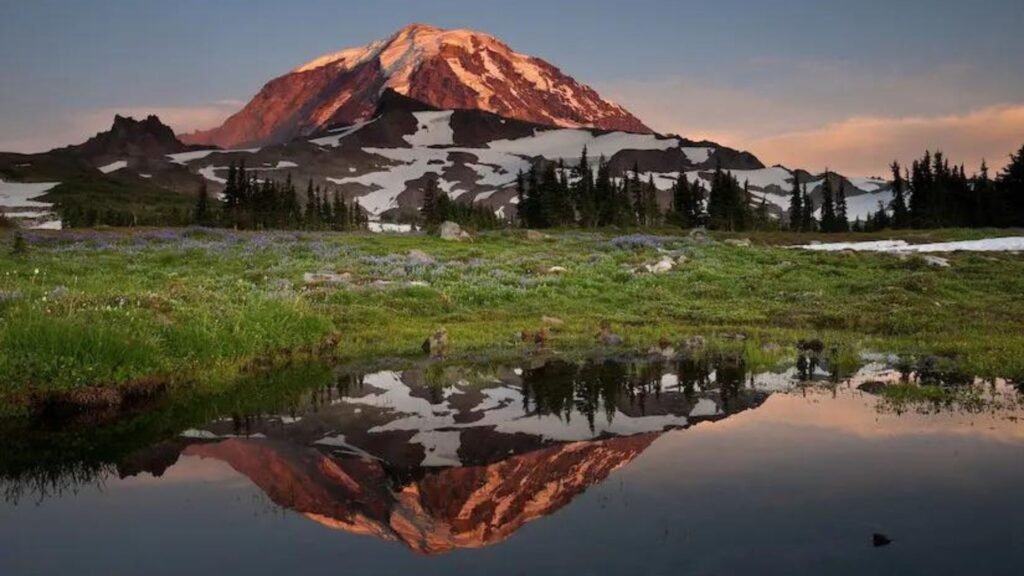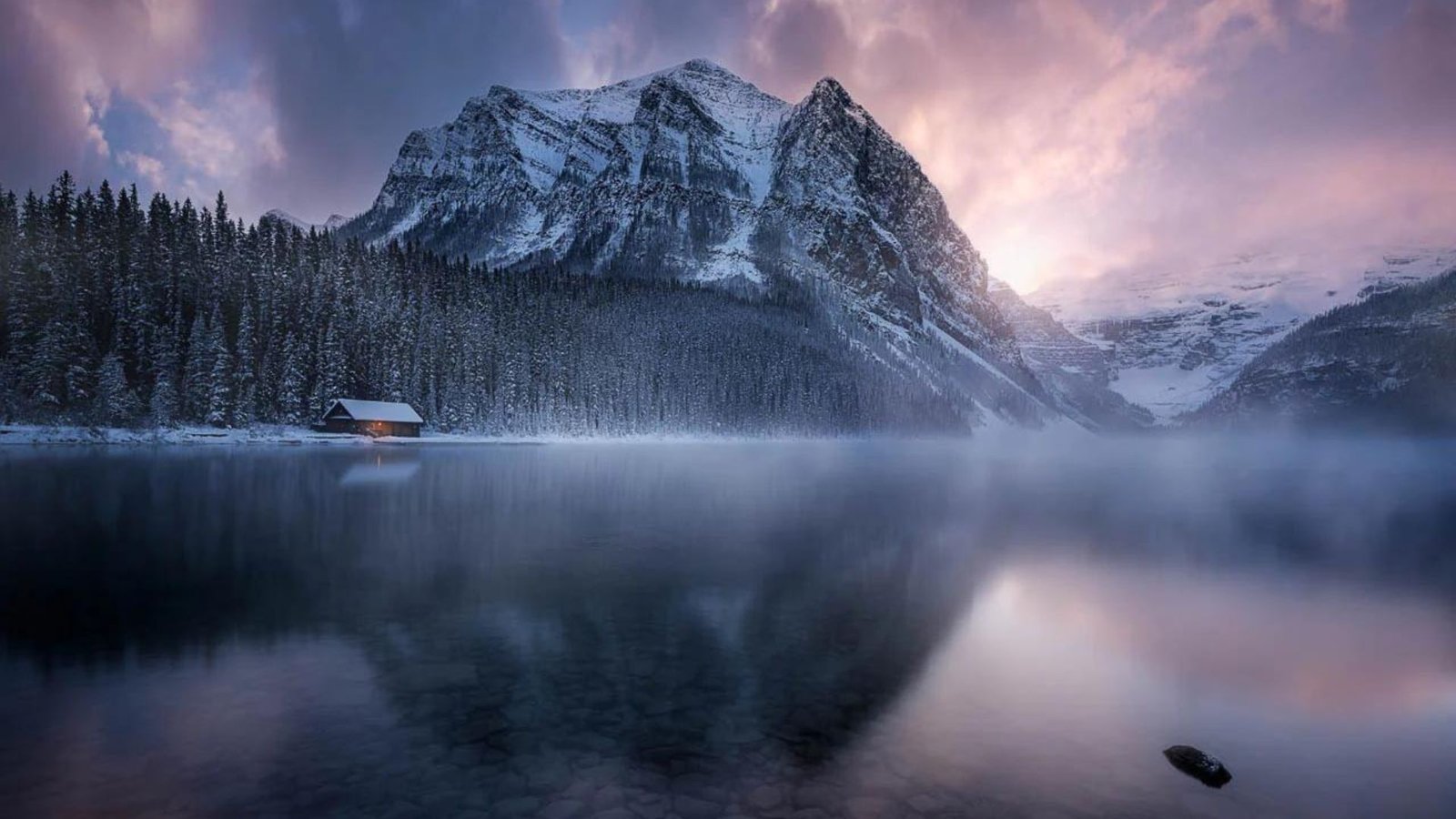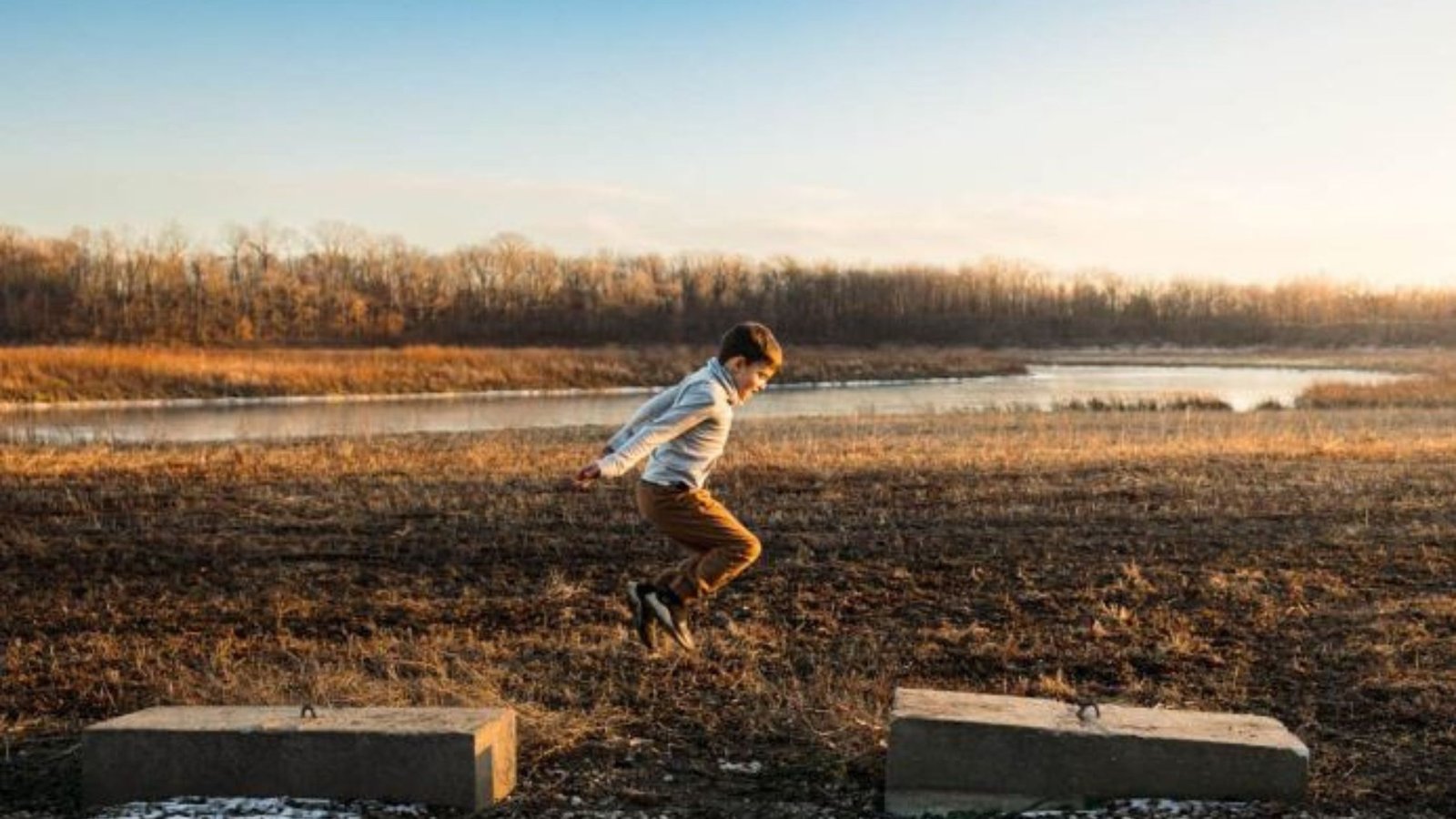Capturing the beauty of nature through photography is a rewarding pursuit that requires both technical skill and artistic vision. Whether you’re a beginner or looking to refine your techniques, here’s a comprehensive guide to help you photograph nature like a professional photographer.

1. Understand Your Gear
Familiarize yourself with your camera equipment. Whether you use a DSLR, mirrorless camera, or even a high-quality smartphone, knowing your gear’s capabilities is crucial. Learn about aperture, shutter speed, ISO settings, and how to use different lenses effectively.
2. Choose the Right Time and Weather
Natural light plays a significant role in nature photography. Plan your shoots during the golden hours—sunrise and sunset—when the light is soft, warm, and casts beautiful shadows. Overcast days can provide diffused light ideal for capturing details without harsh shadows.
3. Research and Scout Locations
Before heading out, research potential locations for nature photography. National parks, botanical gardens, coastal areas, and forests offer diverse landscapes and wildlife. Scout the location beforehand to find the best vantage points and compositions.
4. Compose Thoughtfully
Composition is key to compelling nature photography. Use the rule of thirds to place your subject off-center for a balanced and visually appealing shot. Pay attention to leading lines, symmetry, and framing elements such as trees, rocks, or natural arches to guide the viewer’s eye.
5. Focus on Details
Capture intricate details in nature, such as dewdrops on leaves, patterns in tree bark, or textures of rocks. Use a macro lens or macro mode on your camera to get close-up shots that reveal the beauty of small-scale elements in the natural world.
6. Use Depth of Field Effectively
Control depth of field to emphasize your subject and create a sense of depth in your photos. Use a wide aperture (low f-number) to blur the background (bokeh) for portraits of flowers or wildlife, or use a narrow aperture (high f-number) for landscapes to keep everything in focus.
7. Experiment with Perspectives
Change your perspective to add interest to your photos. Get low to the ground for shots of flowers or insects at eye level. Shoot from high vantage points for sweeping landscape views. Experiment with different angles and viewpoints to find unique compositions.
8. Capture Motion and Action
Incorporate motion and action into your nature photography to add dynamism. Use a fast shutter speed to freeze birds in flight, flowing waterfalls, or animals in motion. Alternatively, use a slower shutter speed to create silky water effects in rivers or capture the movement of leaves in the wind.
9. Patience and Observation
Nature photography requires patience and keen observation. Stay still and observe wildlife behavior to anticipate the perfect moment for a shot. Be respectful of wildlife and their habitats, maintaining a safe distance to avoid disturbing them.
10. Edit with Care
Post-processing can enhance your nature photos. Use editing software like Adobe Lightroom or Photoshop to adjust exposure, contrast, and color balance. Avoid over-editing and aim for natural-looking enhancements that bring out the best in your photographs.
Conclusion
Photographing nature like a professional involves a blend of technical skills, creativity, and appreciation for the natural world. By mastering your camera settings, understanding light, and honing your compositional techniques, you can capture stunning images that evoke the beauty and essence of nature. Embrace the outdoors, explore different environments, and let your passion for photography guide you to create compelling nature photographs.











